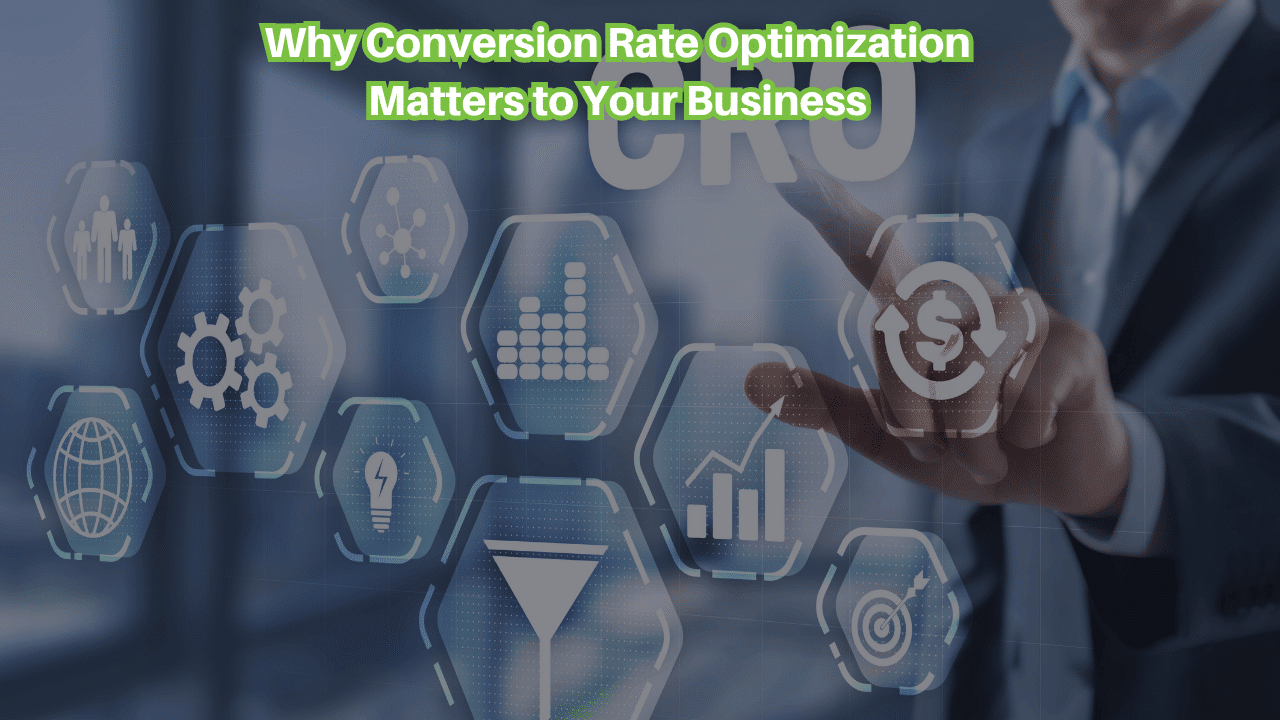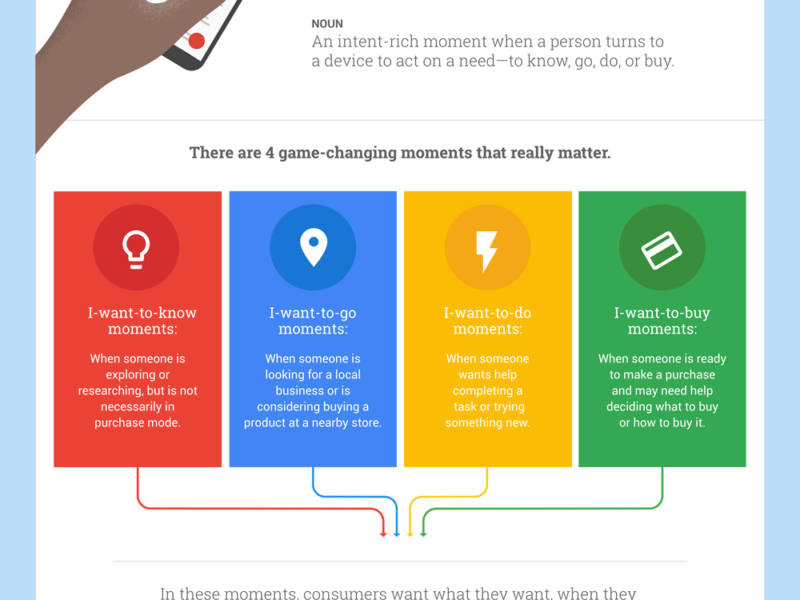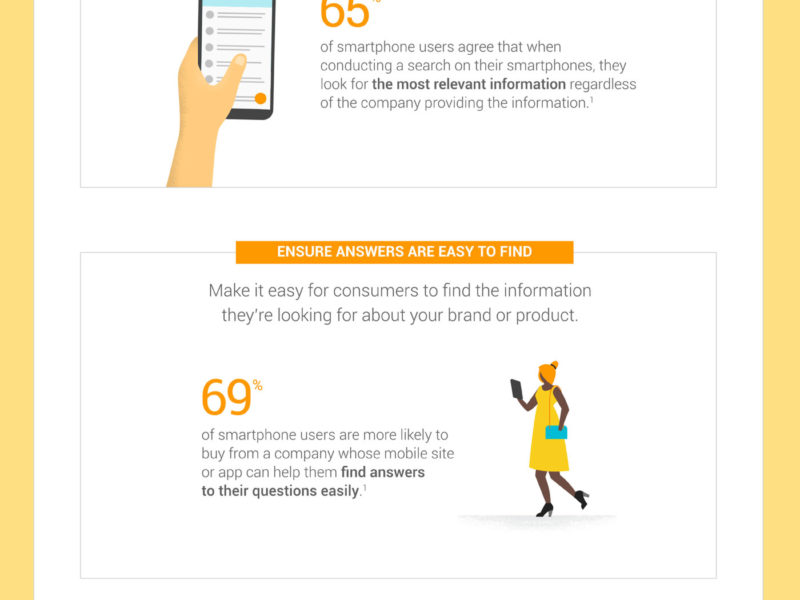Understanding What Conversion Rate Optimization Really Means
Conversion Rate Optimization (CRO) is the process of improving your website or landing page to increase the percentage of visitors who complete a desired action—such as making a purchase, signing up for a newsletter, or booking a demo. In simpler terms, CRO helps you turn more of your existing traffic into paying customers.
Think of it this way: imagine you own a coffee shop. You already have 100 people walking through the door daily, but only 10 make a purchase. CRO is like improving your menu layout, signage, and service so that 20 instead of 10 people buy coffee—without needing to attract more foot traffic.
In practice, this means analyzing user behavior, testing page designs, and optimizing messaging to ensure your site guides visitors smoothly through the buying journey.
How CRO Impacts Business Growth

1. It Maximizes the Value of Your Traffic
Many businesses spend heavily on ads, SEO, and social media to bring in more visitors but ignore what happens once those visitors arrive. A common mistake is focusing only on traffic instead of conversions. By improving your site’s conversion rate, you make the most of every visitor, increasing revenue without increasing your marketing budget.
For example, if your online store converts at 2% and you boost it to 3%, that’s a 50% revenue increase from the same amount of traffic. Tools like Google Optimize or Hotjar can help identify where users drop off and why.
2. It Builds Trust and Improves User Experience
Visitors decide in seconds whether your website feels trustworthy. Clear navigation, fast loading times, and relevant content all contribute to conversion success. CRO often involves improving these usability factors. When your site feels intuitive and reliable, customers are more likely to take action.
A well-optimized checkout process, for instance, reduces friction and cart abandonment. In practice, something as simple as adding customer testimonials or a secure payment badge can make a measurable difference.
How to Start Implementing Conversion Rate Optimization
Step 1: Analyze, Don’t Assume
Use analytics to identify bottlenecks. Look at bounce rates, click maps, and form drop-offs. Data—rather than guesswork—should guide your optimization decisions.
Step 2: Test and Measure Improvements
Start with A/B testing. Change one element at a time (e.g., CTA button color or headline) and measure performance. Over time, consistent testing compounds into major results.
Step 3: Focus on the User Journey
Break down your conversion funnel: from awareness to decision. Ensure every page has a clear goal and guides the user to the next logical step.
Quick Tips for Effective CRO:
- Keep forms short and simple.
- Use strong, benefit-driven calls to action.
- Offer reassurance through trust badges or guarantees.
- Continuously test mobile experiences, not just desktop ones.
FAQs
- How long does it take to see results from Conversion Rate Optimization?
It varies depending on your website traffic and testing frequency. In most cases, you can begin seeing early insights within a few weeks and measurable improvements within two to three months of consistent testing. - Do small businesses really need CRO?
Absolutely. Even minor improvements in conversion rate can significantly impact profit margins. For small businesses working with limited budgets, CRO is one of the smartest ways to increase ROI without increasing advertising spend.
By focusing on Conversion Rate Optimization, you’re not just improving numbers—you’re refining how customers experience your brand. It’s a continuous process that pairs data with empathy, ensuring every visitor has a clear, frictionless path to becoming a loyal customer.





